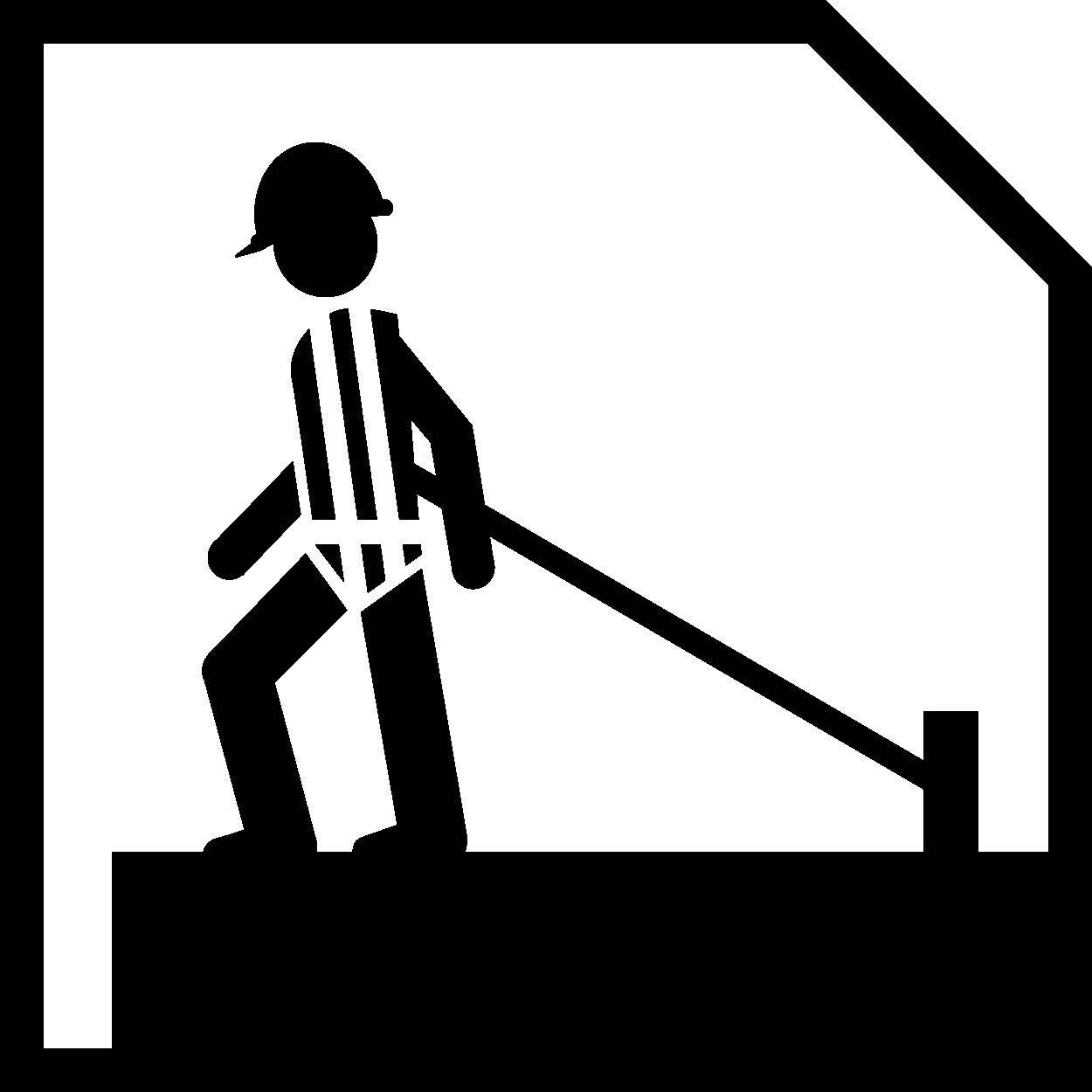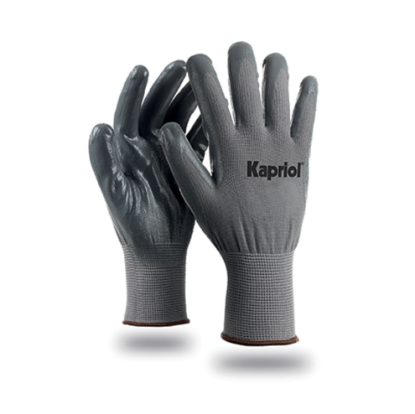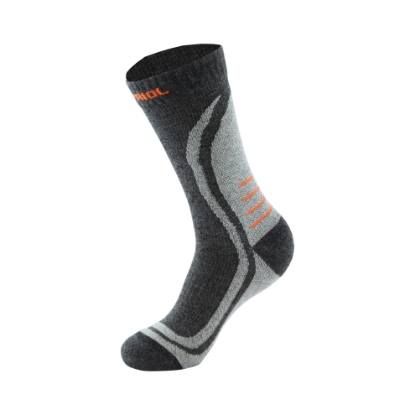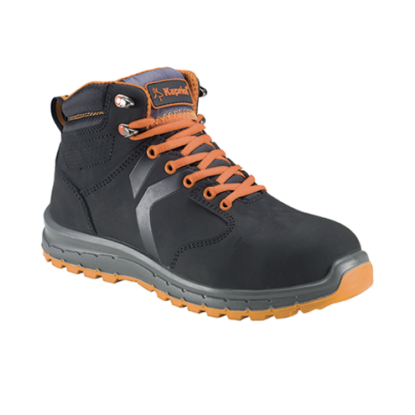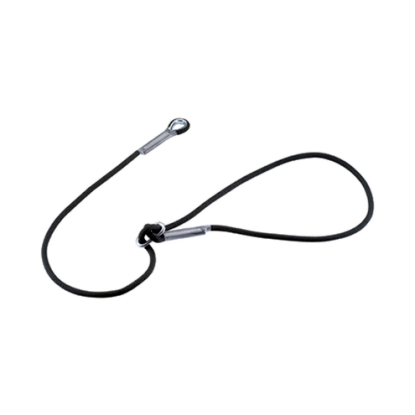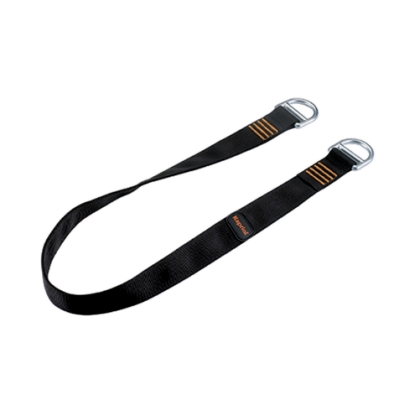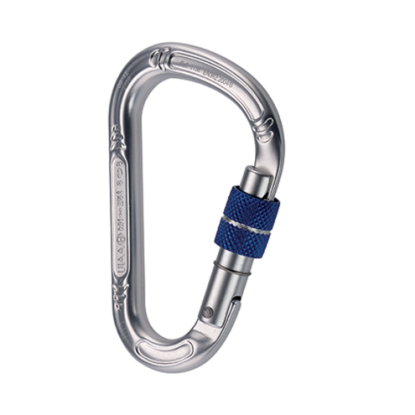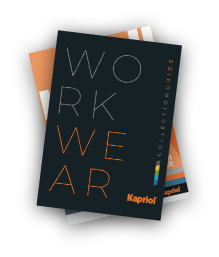| Art./Item | L (cm.) |
|---|---|
| 27994 | 65 |
La cincha de conexión es un componente de los dispositivos anticaídas que permite y facilita la conexión al punto de anclaje estructural.
La cincha de anclaje se constituye por una resistente cinta de poliamida de 65 cm de longitud.
CARACTERÍSTICAS TÉCNICAS
- carga de rotura 22 kN
- norma EN 795B
MATERIALES
- Cincha: poliamida
Mantenimiento y almacenamiento de EPI
Factores críticos
Revisiones periódicas
Identificación del producto
Vida útil
Sistemi di ancoraggio temporanei
Effetto pendolo
Fattori di caduta
- Correct and regular maintenance helps prevent premature ageing of PPE. For this reason,
users are recommended to carefully respect all indications found in the user and maintenance
manual that accompanies each PPE and to follow the simple storage and preservation rules: - Keep away from sunlight and UV rays as these are the primary cause of ageing of PPE textile
fibers - Keep PPE away from direct heat sources as the synthetic textile fibers used to make harnesses,
lanyards, and energy absorption systems have a very low melting temperature - PPE must be stored in cool and dry areas, as humidity generates mold harmful to textile fibers
and corrosive on metal parts. - A periodic cleaning operation is essential to ensure a good durability of the PPE. A washing with lukewarm water eliminates surface dirt and that present inside the textile fibers
Anchors are the key points that guarantee the operators safety at height. Temporary anchoring systems can be connected to permanent anchors, such as connecting webbing. Here below there are some examples that demonstrate the different resistance of the anchor according to the type of use. It is good practice for users to be aware of how significantly the resistance can vary.
1. With this type of use, its resistance is approximately 2/3 of the webbing nominal value
2. With this type of use, its resistance is 2 times higher than the webbing nominal value
3. If used on a structure with edges, the resistance is approximately 2/3 of the webbing nominal value
4. If used on a structure with edges, the resistance is approximately 1/3 of the webbing nominal value
5. With this type of use, its resistance is 1/2 of the webbing nominal value
If the operator is connected to an anchorage point by a retracting device or a rope, in the event of a fall there may be hazardous and uncontrolled side swinging, the so-called pendulum effect. To decrease the risks associated to the pendulum effect, it is important that the fall protection device is positioned vertically in relation to the work area.
The operator must therefore work with a safety clearance of 30° below the anchorage point. When it is not possible to position the rope retracting or fall protection devices in a perpendicular position in relation to the anchorage point, it is necessary to foresee a number of deviation or sheave points to dampen the pendulum effect.
A. FALL FACTOR 0
The anchorage point is positioned above the operator’s head; the fall protection device is completely extended. In the event of a fall, there is less distance between the surface the operator is standing on and possible obstacles below
B. FALL FACTOR 1
The anchorage point is positioned at the same level as the harness connection point. In this case, the fall distance is equal to the length of the lanyard + the intervention distance of the energy absorber
C. FALL FACTOR 2
The anchorage point is positioned at the same level as the surface the operator is standing on. In this case, the fall distance is equal to twice the length of the lanyard + the intervention distance of the energy absorber
Uso recomendado
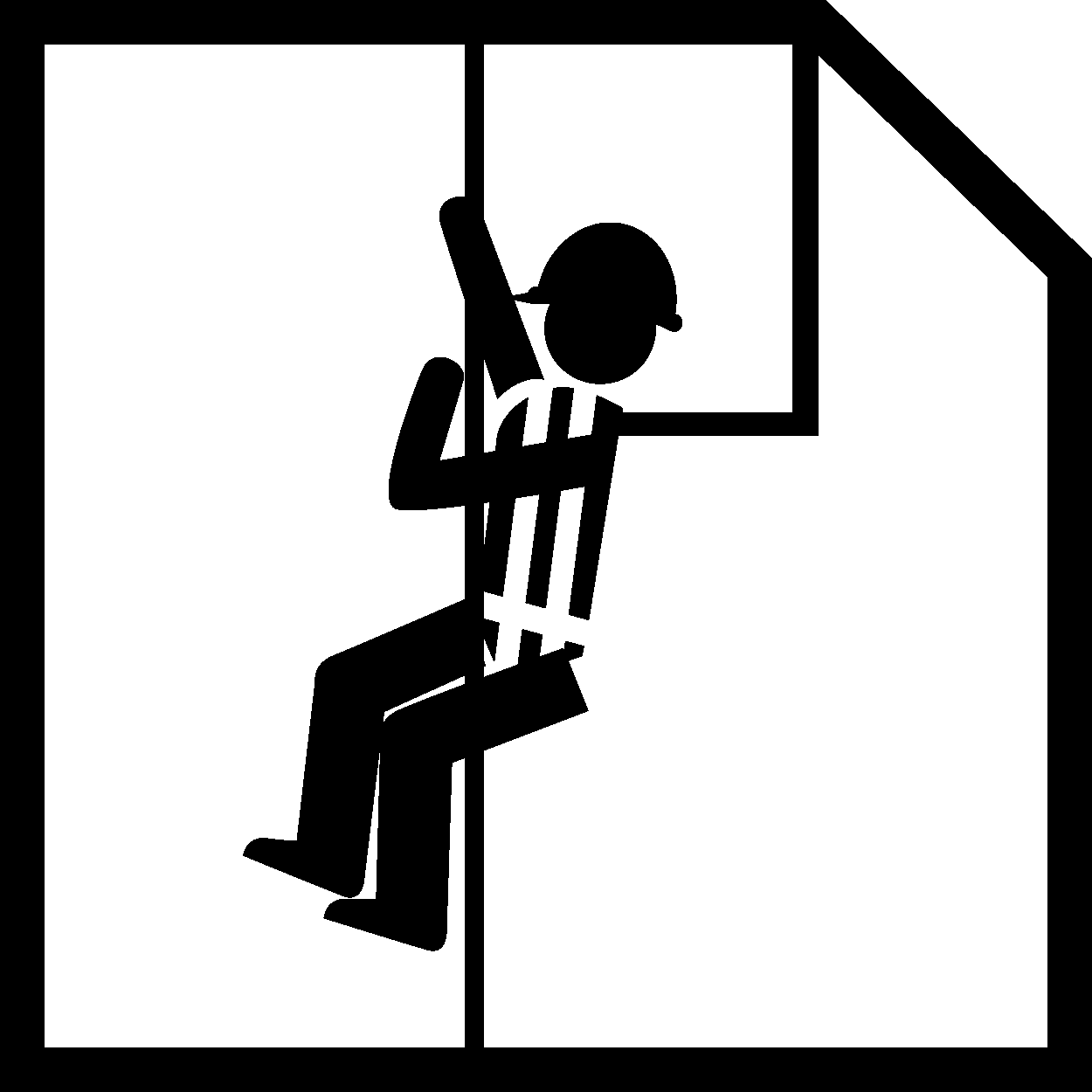
Lavoro in sospensione
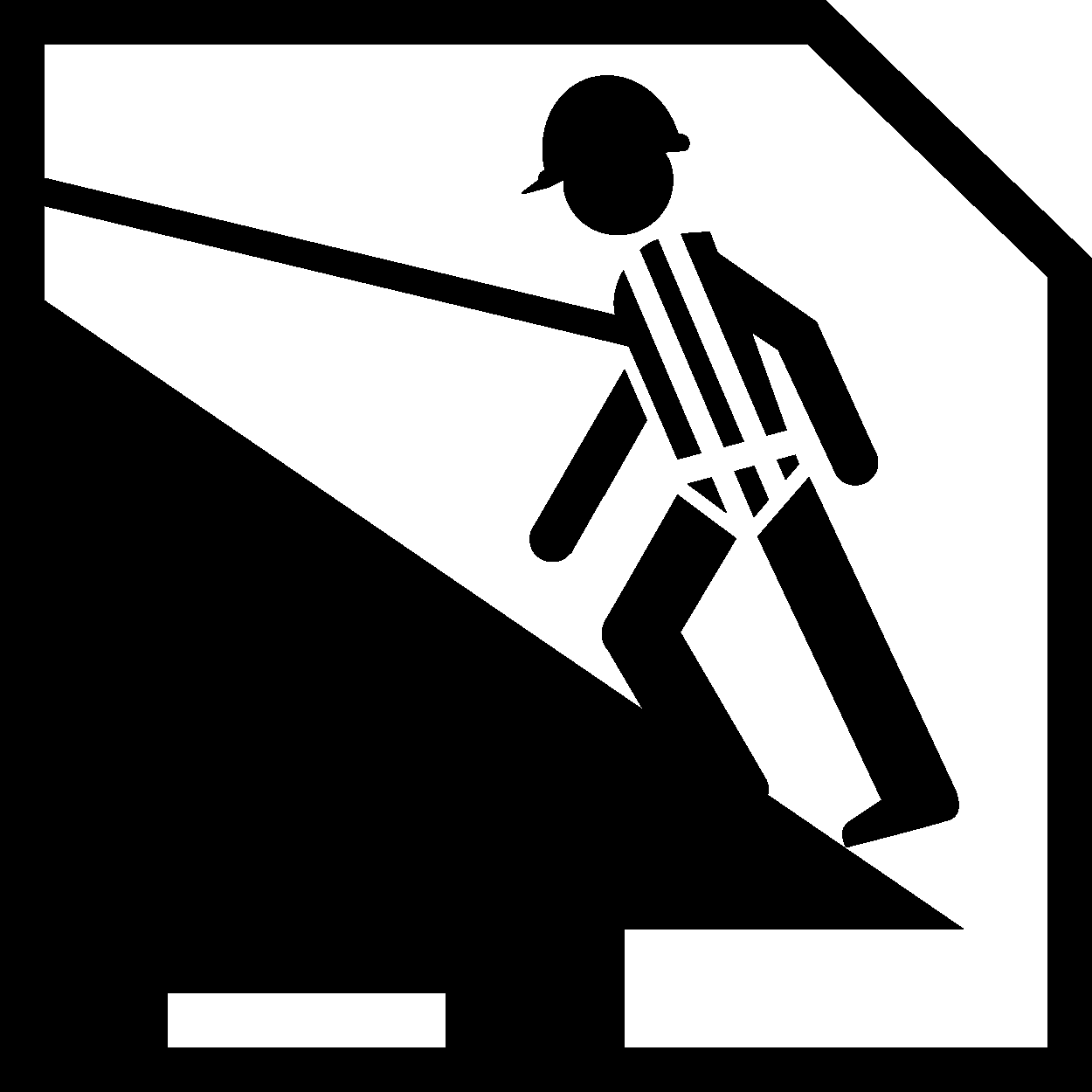
Piano inclinato
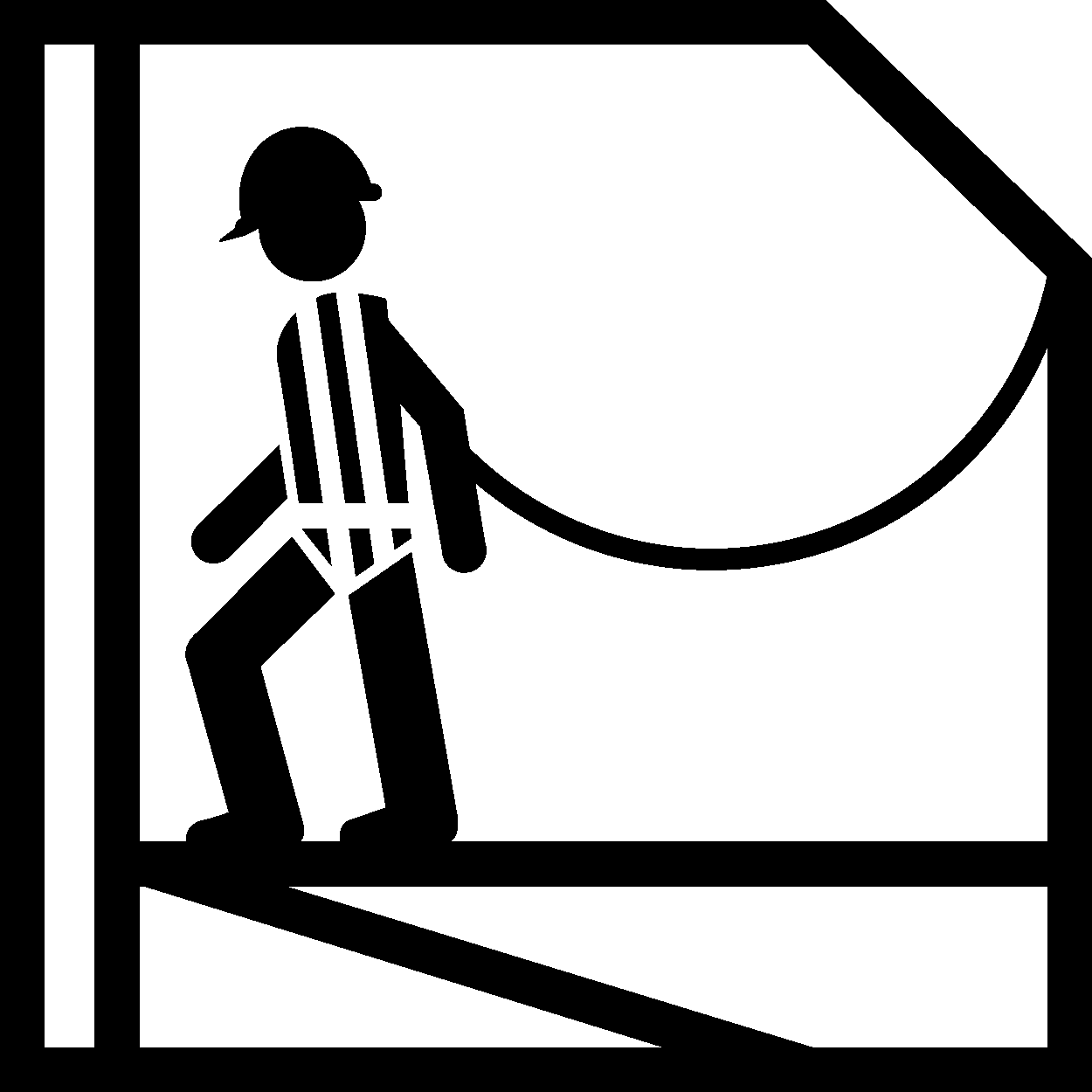
Ponteggio
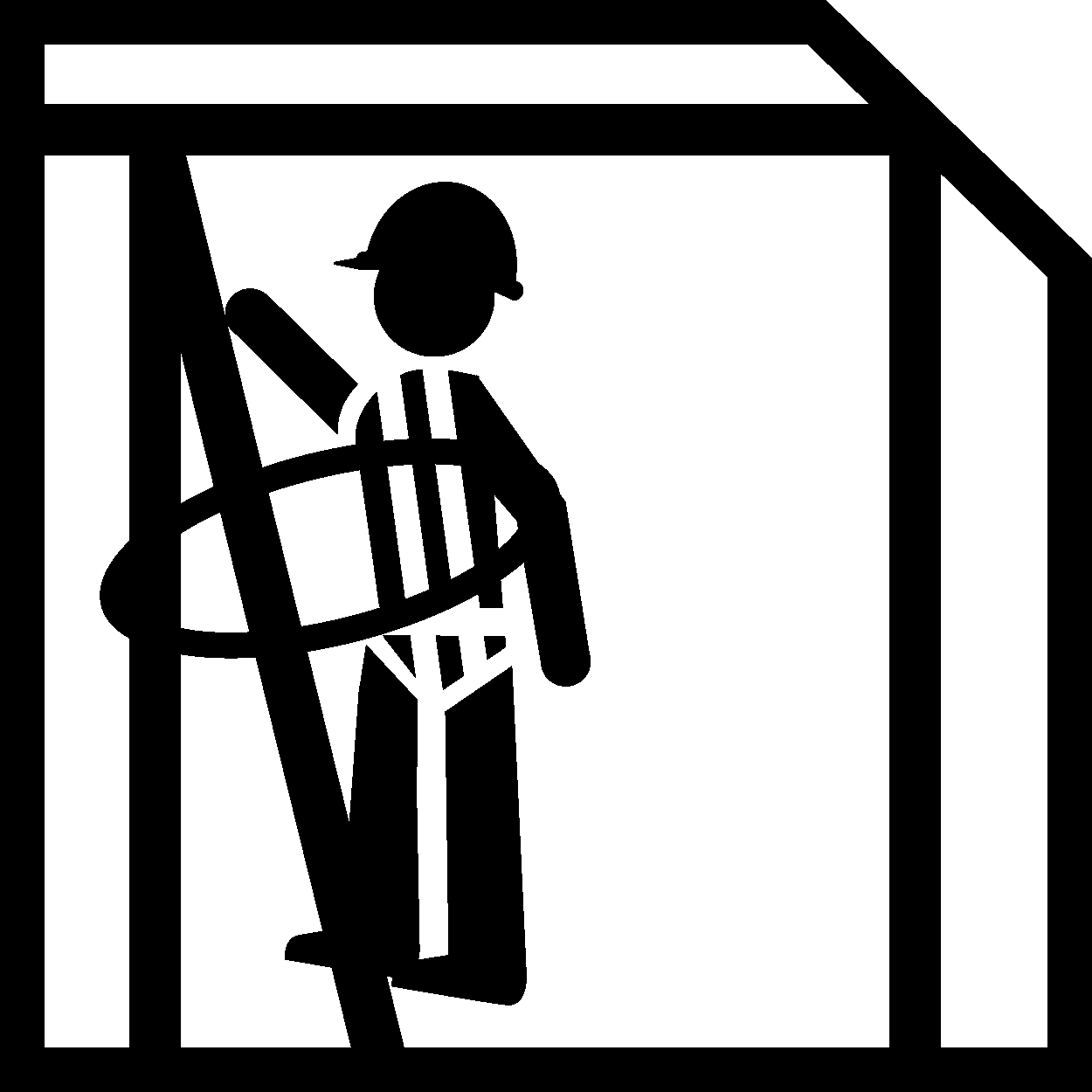
Posizionamento (su verticale)

Soccorso e recupero
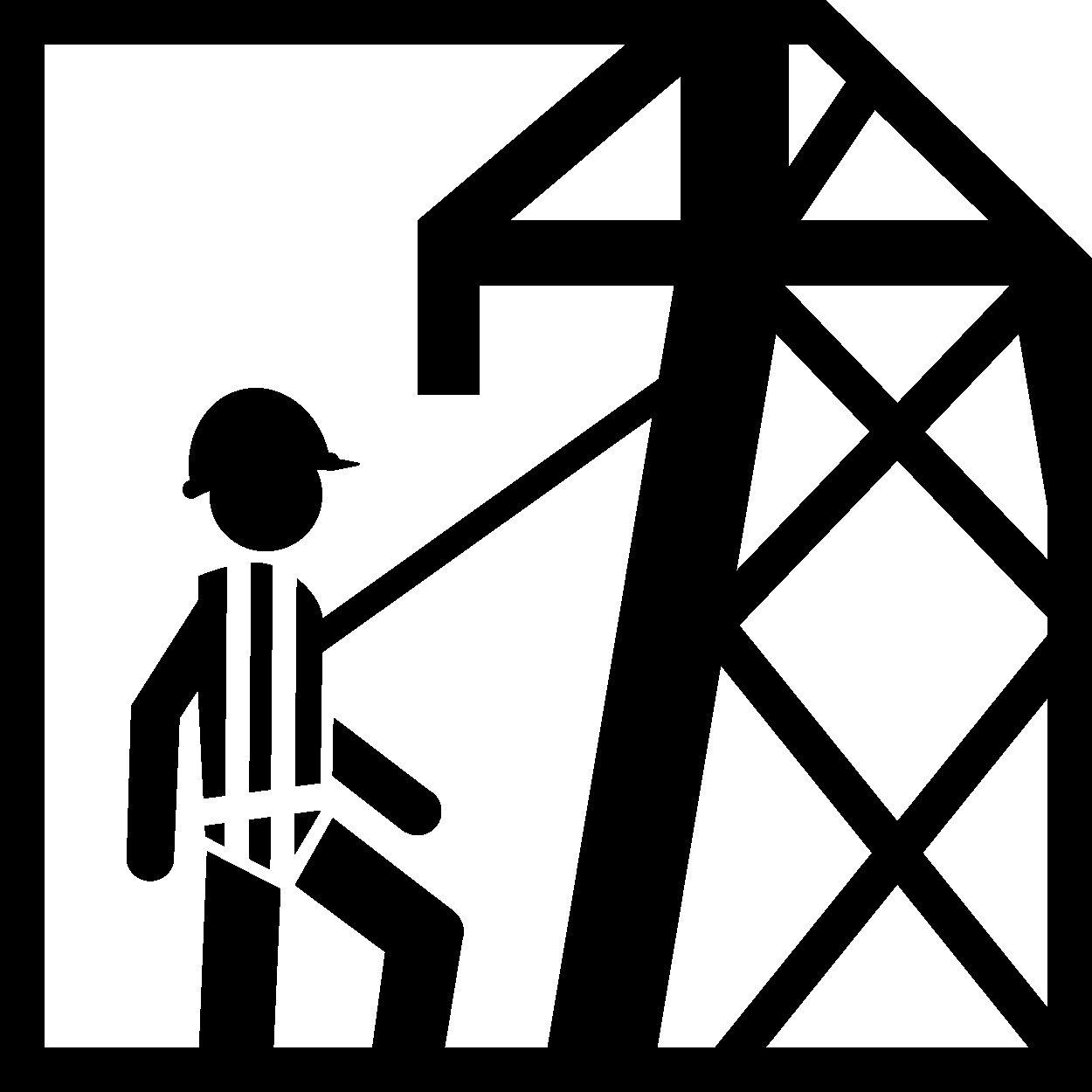
Traliccio
